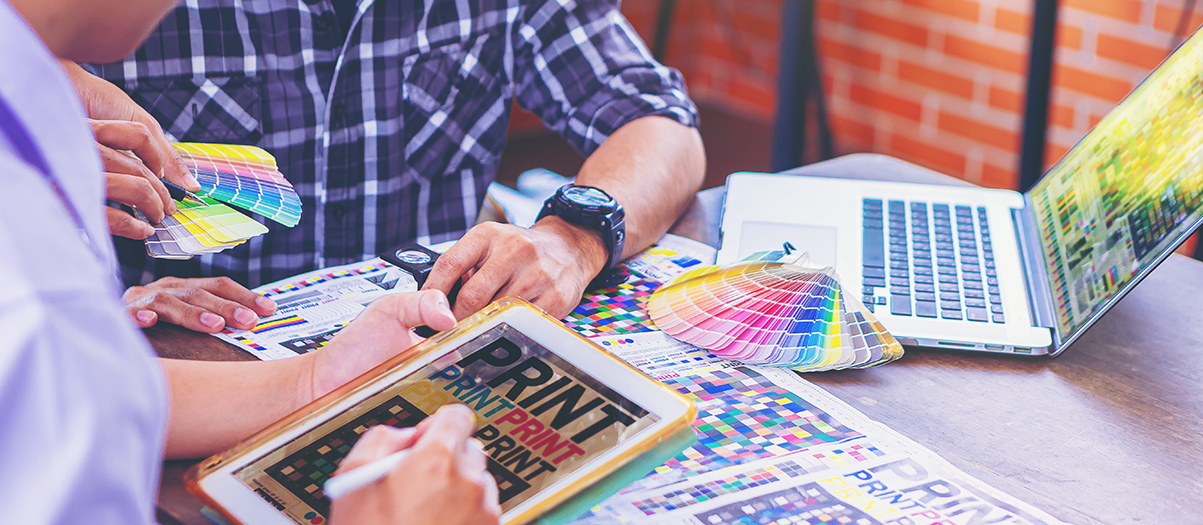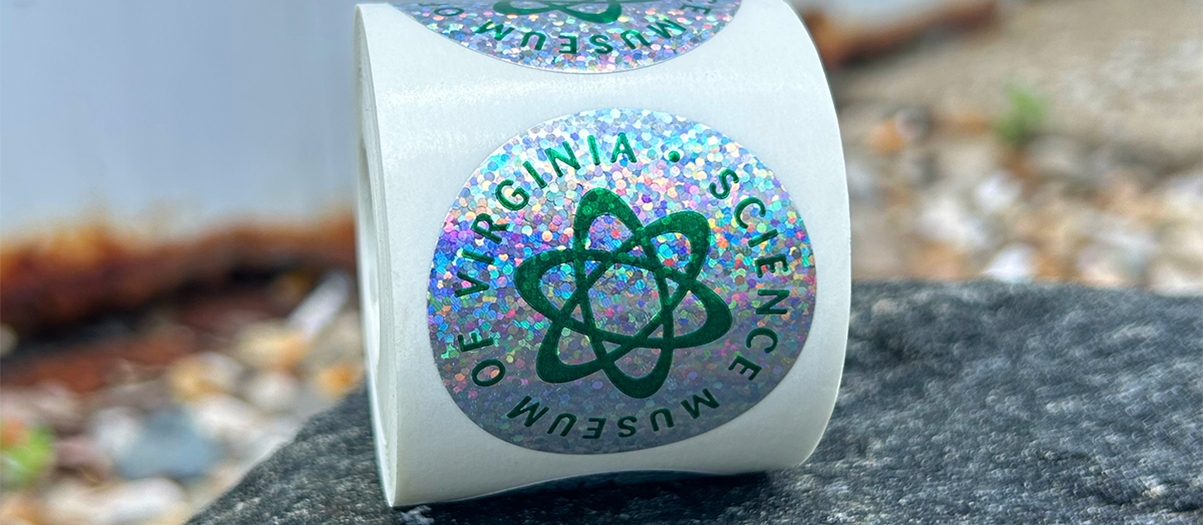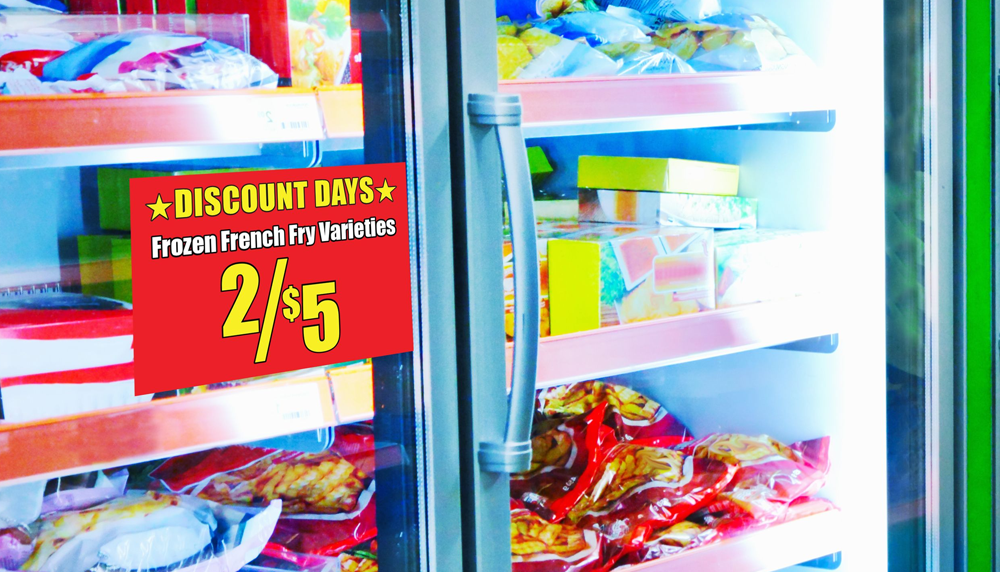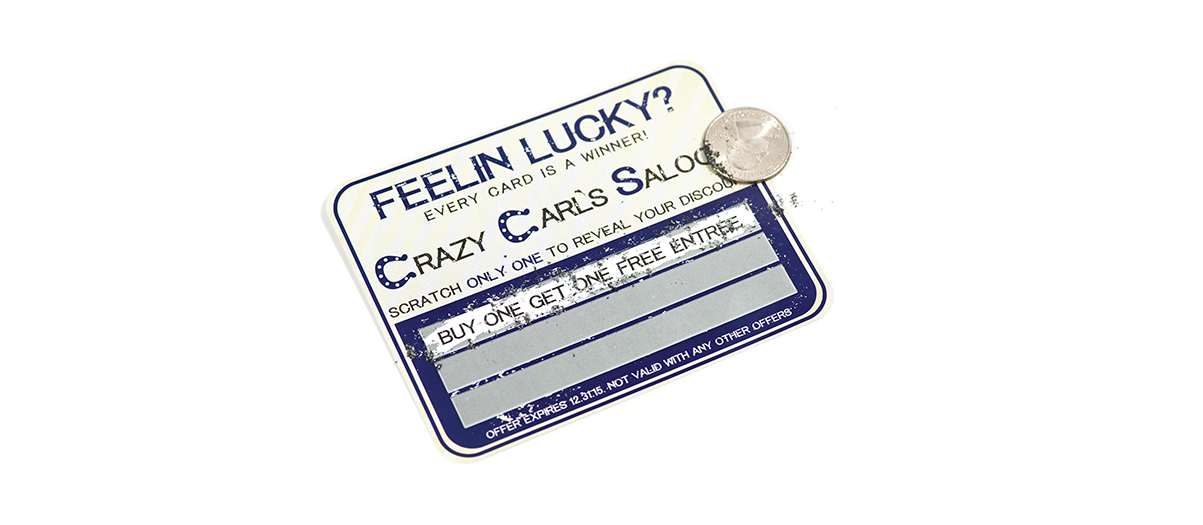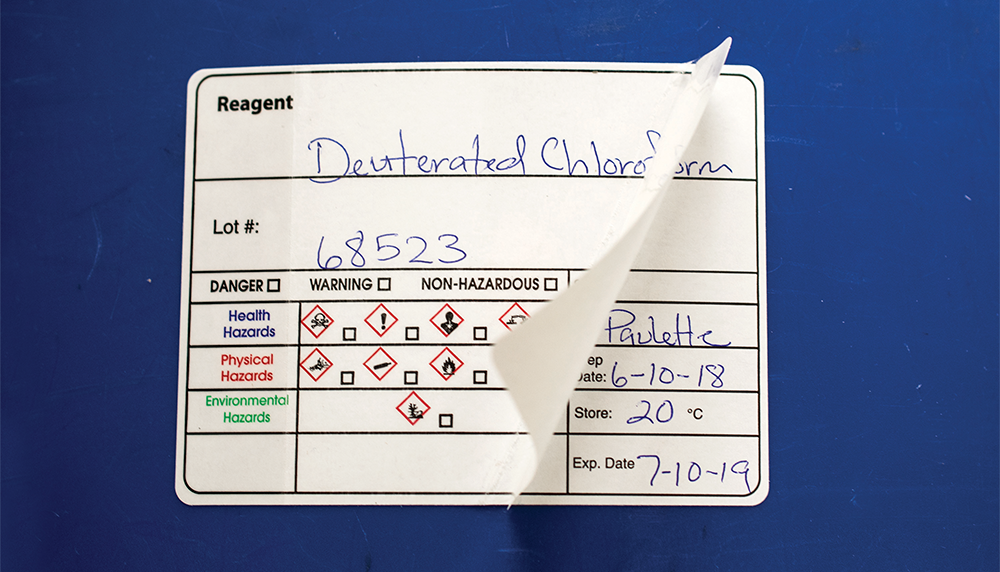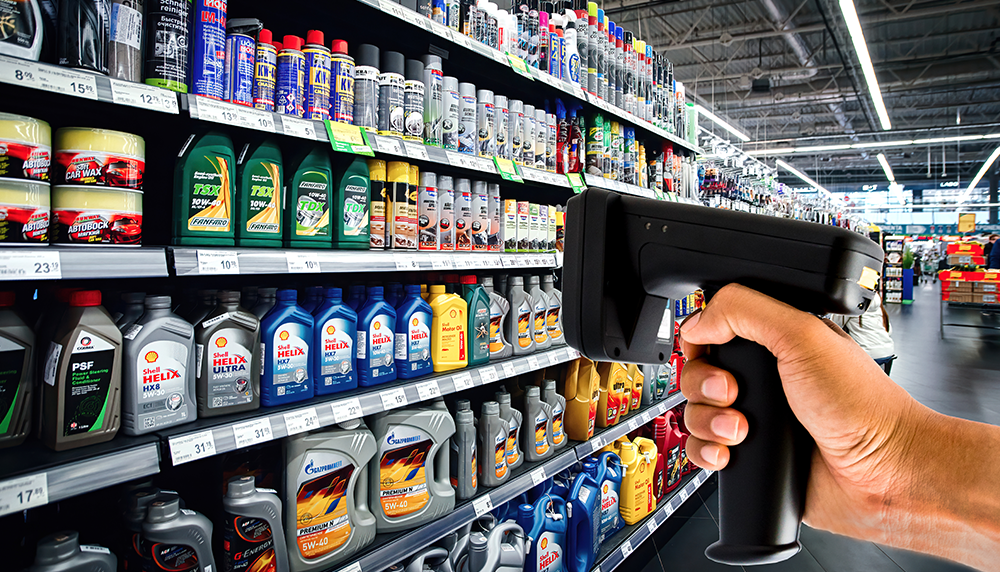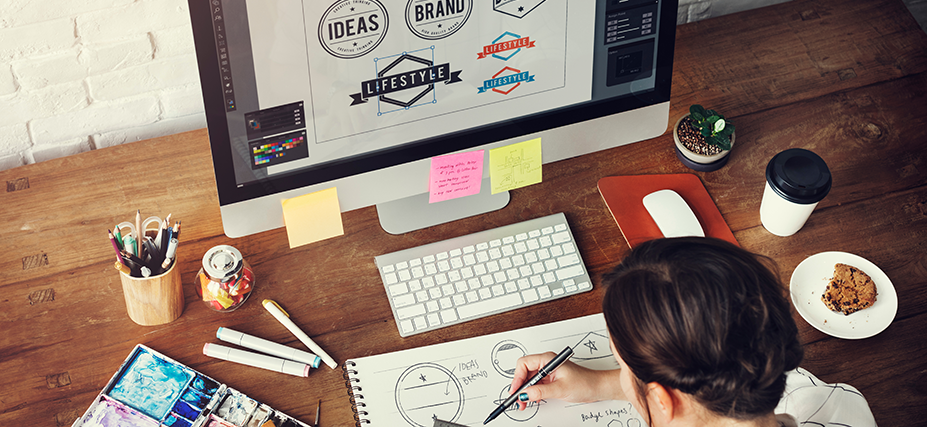
Key Elements of Effective Label Design
Creating a great label involves more than just aesthetic appeal. For distributors selling custom adhesive labels, understanding the components that make a label effective can help guide their customers towards making the best choices.
This article examines the key elements of effective label design, the importance of material and finish, incorporating brand identity, and leveraging technology to create standout labels.
Clarity and Readability
One of the most critical aspects of label design is clarity. A great label should convey its message quickly and effectively. This means using legible fonts, appropriate font sizes, and a clear hierarchy of information.
Tips for Clarity and Readability:
- Use sans-serif fonts for better readability at small sizes.
- Ensure sufficient contrast between text and background.
- Highlight key information using bold fonts or different colors.
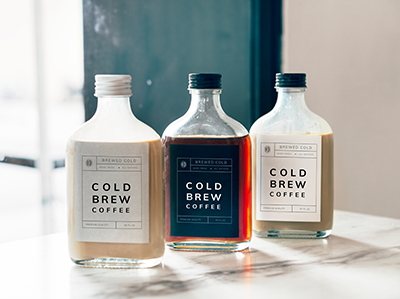
Eye-Catching Graphics and Colors
Graphics and colors play a vital role in attracting attention and creating a memorable impression. Effective use of colors and graphics can differentiate a product on the shelf and communicate the brand’s personality.
Tips for Using Graphics and Colors:
- Choose colors that reflect the brand’s identity and appeal to the target audience.
- Use high-quality images and illustrations.
- Ensure graphics complement the text and do not overwhelm it.
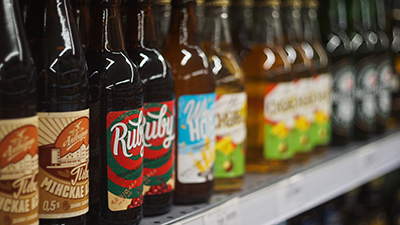
Importance of Material and Finish
Choosing the Right Materials
The choice of material for a label affects its durability and overall appearance. Depending on the product and its intended use, selecting the right material is crucial.
Popular Label Materials:
- Paper: Cost-effective and versatile, suitable for many products.
- Vinyl: Durable and resistant to moisture, ideal for outdoor use.
- BOPP (Biaxially Oriented Polypropylene): Resistant to water, oil, and chemicals, commonly used for food and beverage labels.

Finishing Techniques
The finish of a label can enhance its visual appeal and provide additional functionality. Different finishing techniques can create various effects that make a label stand out.
Common Finishing Techniques:
- Glossy Finish: Provides a shiny appearance and enhances colors.
- Matte Finish: Offers a sophisticated, non-reflective look.
- Foil Stamping: Adds metallic accents for a luxurious feel.
- Embossing: Creates a raised effect for a tactile experience.
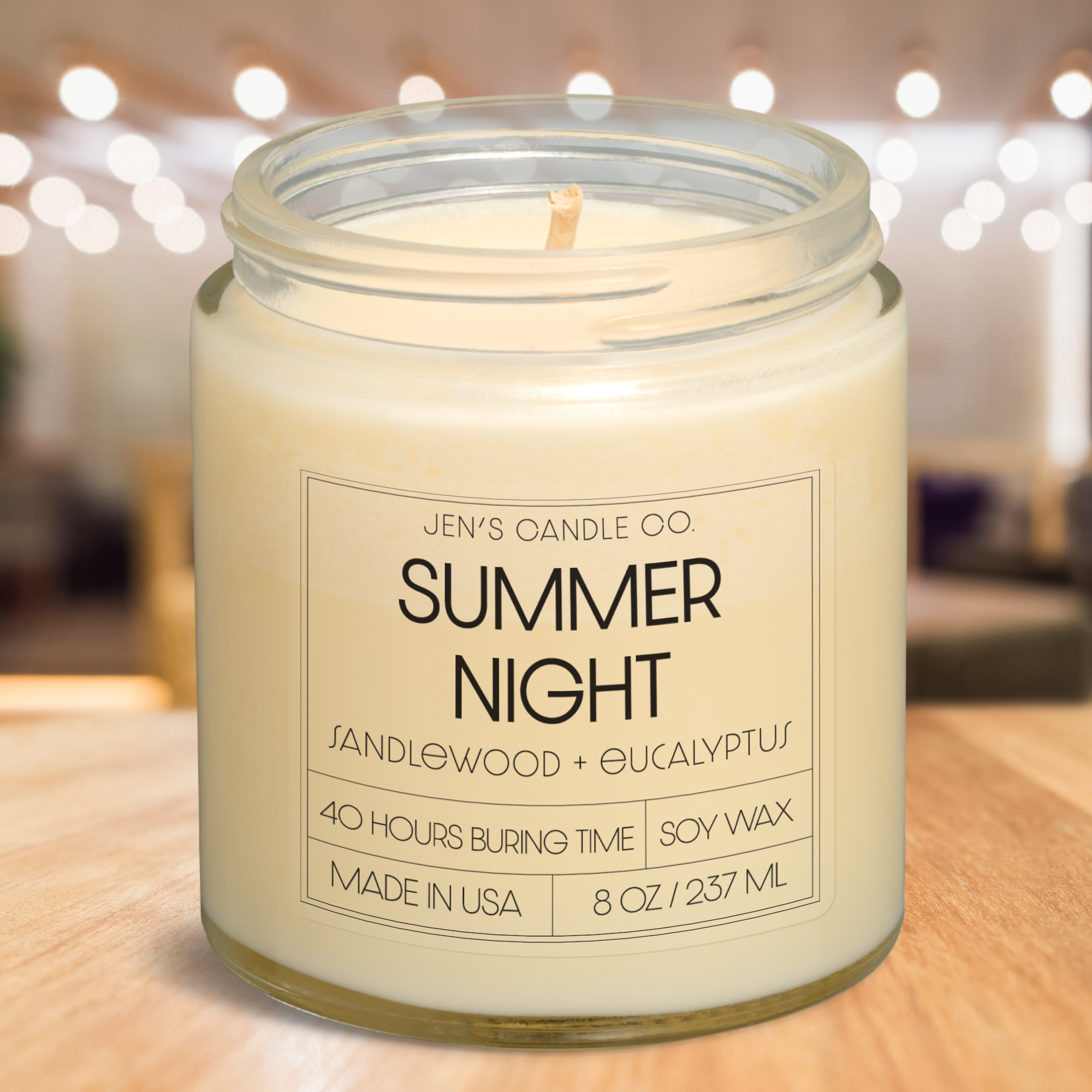
Incorporating Brand Identity
Consistency with Brand Elements
A great label should be consistent with the brand’s overall identity, including its logo, color palette, and typography. Consistency helps in building brand recognition and trust.
Tips for Brand Consistency:
- Use the brand’s official colors and fonts.
- Ensure the label design aligns with other branding materials.
- Incorporate the brand’s logo prominently.

Storytelling through Labels
Labels can also tell a story about the product or brand, engaging customers and creating an emotional connection. Effective storytelling can differentiate a product and build customer loyalty.
Tips for Storytelling:
- Include information about the brand’s history or values.
- Use imagery that reflects the product’s origin or unique features.
- Highlight any certifications or awards.
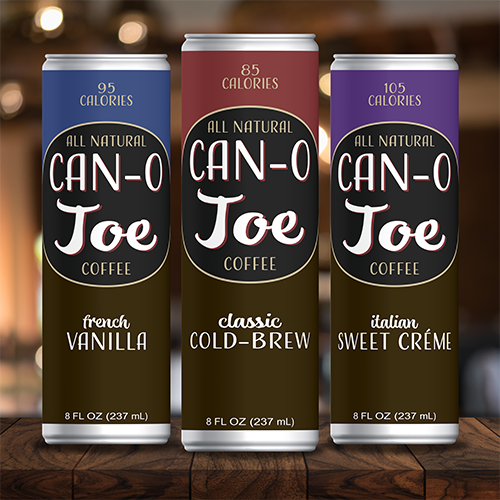
Leveraging Technology in Label Design
Digital Printing and Customization
Advancements in digital printing technology have made it easier to create high-quality, customized labels. Digital printing allows for short runs, quick turnaround times, and flexibility in design.
Benefits of Digital Printing:
- Cost-Effective: Suitable for small batches and personalized labels.
- High Quality: Provides sharp, vibrant prints.
- Flexibility: Easily accommodates design changes and variations.
Example: A small batch of craft beer can have unique, customized labels for each flavor, making the product more appealing and distinctive.
Interactive Elements and QR Codes
Incorporating interactive elements like QR codes can enhance the functionality of labels and engage customers in new ways. QR codes can provide additional information, promotions, or direct customers to a website.
Benefits of QR Codes:
- Additional Information: Link to detailed product information or tutorials.
- Promotions: Offer discounts or special offers.
- Engagement: Encourage customers to connect with the brand online.
Example: A food product might include a QR code that links to recipes or cooking tips, providing added value to the customer.
FAQs
What are the most important aspects to consider in custom label design?
The most important aspects to consider in custom label design include clarity and readability, eye-catching graphics and colors, material choice, and brand consistency. Ensuring these elements are effectively integrated will create a label that is not only visually appealing but also functional and informative.
How can I ensure my labels are both functional and attractive?
To ensure labels are both functional and attractive, focus on using high-quality materials, clear and legible fonts, and visually appealing graphics. Incorporate brand elements consistently and consider finishing techniques that enhance the label’s appearance and durability.
Additionally, leveraging technology like digital printing can provide flexibility and customization options.
What are the latest trends in custom label design?
The latest trends in custom label design include minimalist designs with clean lines, bold typography for impactful messaging, geometric patterns, and abstract shapes for a modern look. Personalization and customization are also on the rise, allowing customers to create unique labels that reflect their preferences.
Incorporating interactive elements like QR codes is another trend, providing additional value and engagement opportunities.
Wrapping Things Up
Creating a great label involves balancing aesthetics, functionality, and brand consistency. By focusing on key design elements such as clarity, graphics, materials, and finishing techniques, distributors can guide their customers towards making informed choices that enhance their product’s appeal and effectiveness. Leveraging technology and staying updated with design trends ensures that labels remain relevant and

